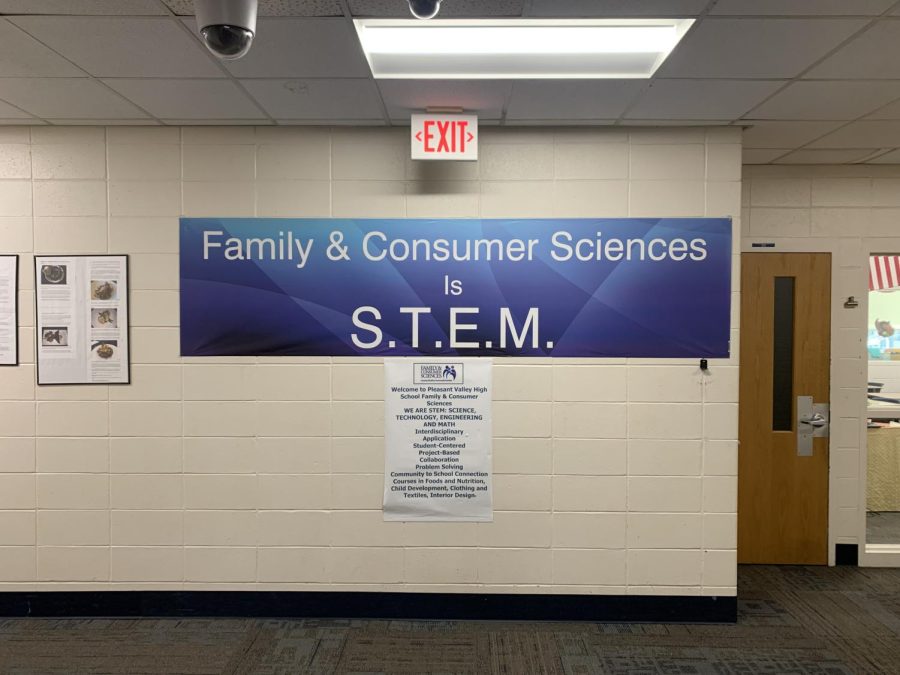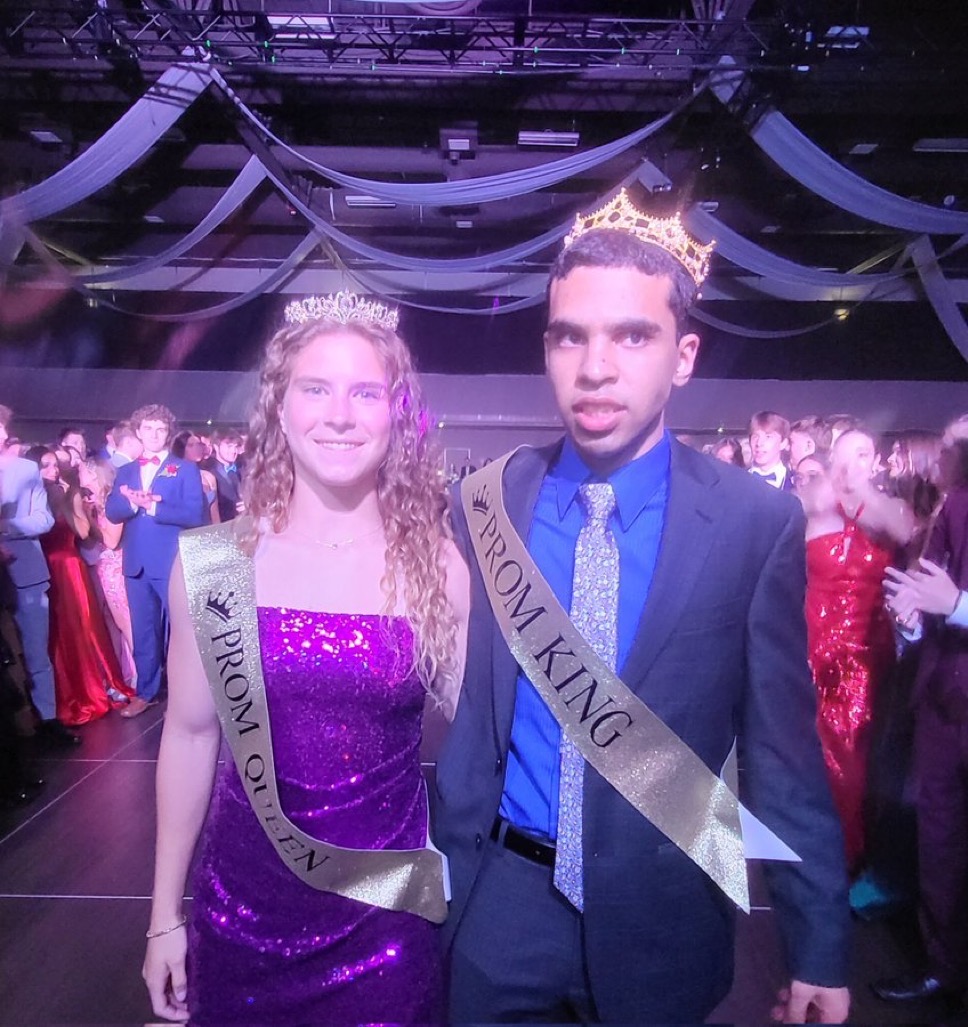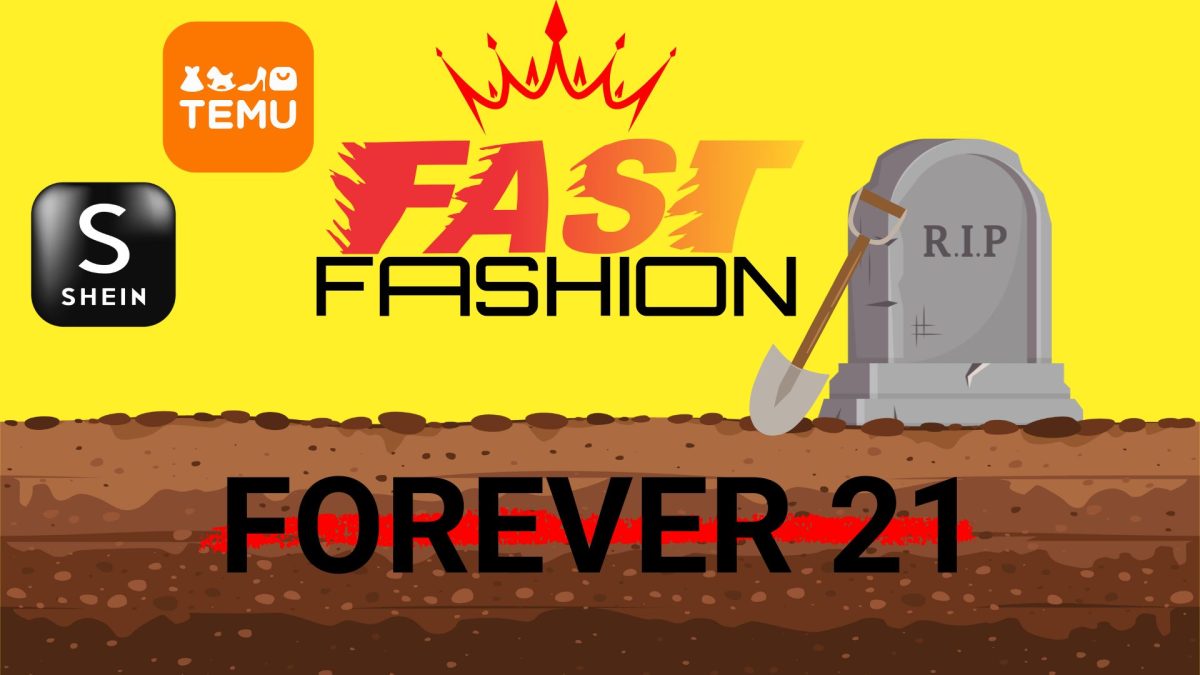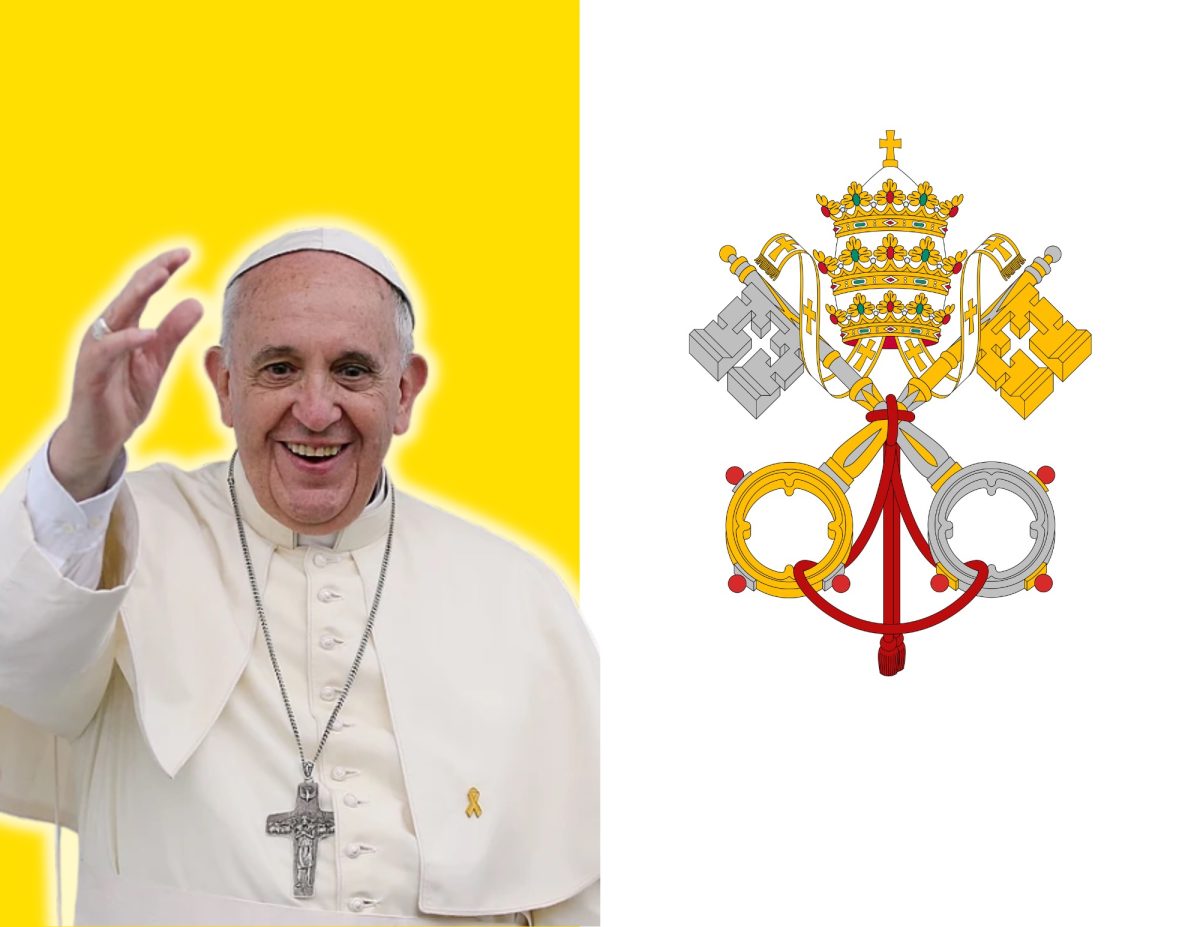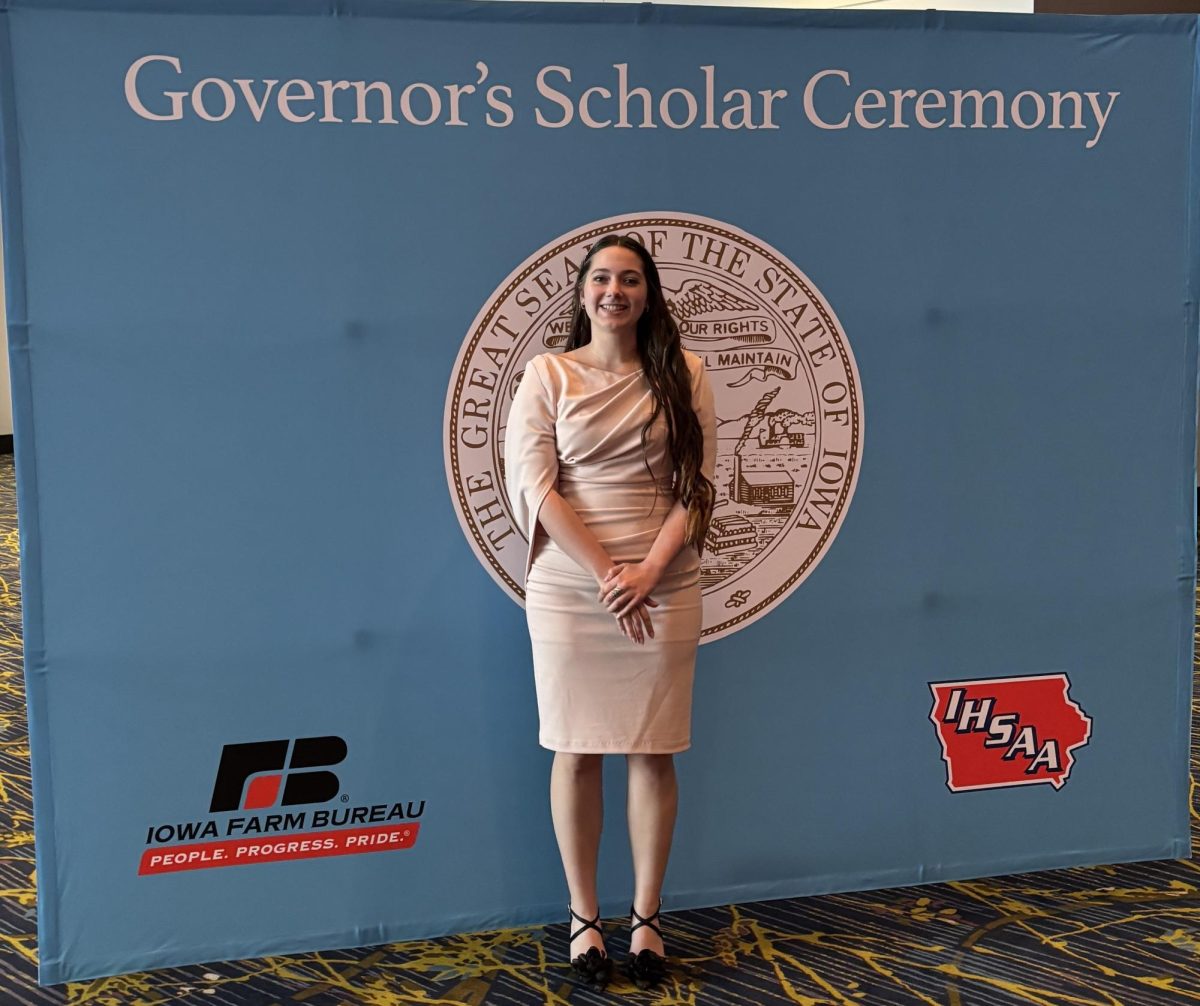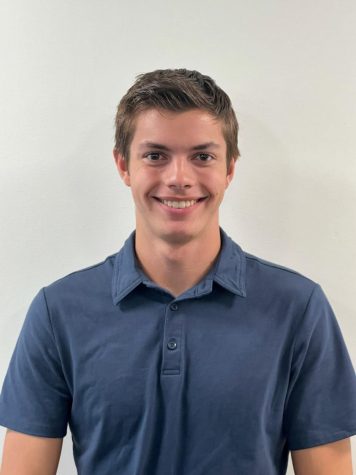Walking the halls of Pleasant Valley High School can tell different stories. Stories about athletes, championships, artists and musicians. But those same halls, in a corner of the school where the engineering labs and family and consumer sciences rooms converge, also tell a unique story about STEM, FACS and the controversial overlap between the two fields.
STEM, an acronym for science, technology, math and science, was initially introduced in the United States in the early 2000s. This movement was a response to a fear that the United States would fall behind other nations in STEM-related areas.
But now, there is an opposite movement at play. STEM is in its heyday, with no shortage of excitement and support for STEM-related activities and careers. But some worry that with STEM riding on such a high, other equally important subjects are being left behind. Because of this, some have suggested altering the STEM acronym to STEAM to include the arts, or even STREAM, adding an “R” for reading and writing.
Claire Slifka, a PV family and consumer sciences teacher, agrees that an emphasis solely on science, technology, math, and science is a bad idea. However, Slifka disagrees with those proposing different acronyms than STEM.
“Family and Consumer Sciences is the context for the content in science, technology, engineering and math. In family and consumer sciences, students use early STEM skills, including critical and innovative thinking, effective communication and ability to work in teams to explore topics in food technology, nutritional and textile science, human growth and development and food science. Our FACS courses are a natural extension of these skills,” Slifka stated.
Slifka is among many who believe that subjects like FACS are a “natural extension” of STEM skills. Slifka added, “If students like to cook, food sciences integrates scientific principles to develop new products. If students are interested in fashion and design, textile sciences uses STEM to develop new textile products.” Slifka sees an obvious mesh between STEM concepts and their applications in all kinds of other classes and jobs.
Others see attempts to add letters to the STEM acronym as an attempt to get in on the hype around STEM and the funding it allocates.
Grant Housman, a robotics and manufacturing teacher at PV, mentioned the steady flow of funding into schools in Iowa. “The Iowa Governor’s STEM Advisory Council has provided grants, scholarships, and externship programs for teachers to support and start STEM programs in schools,” and the difference it has made at PV specifically, “we have received multiple grants to purchase equipment for PLTW classes, the robotics program and equipment in the metals lab through this program.”
PLTW is an acronym for “Project Lead The Way,” a standardized K-12 technology and robotics curriculum. Classes in the PLTW curriculum taught in high school can earn students credits for college-level classes, similar to AP or dual-enrollment classes.
Reflecting on the massive funding PV’s engineering program receives, Housman feels that subjects trying to add to STEM is more of an attempt to secure funding for under-supported subjects than mending blind spots in STEM education.
“Everybody wants to be a part of the movement so that they can get funding to support their programs. The addition of other subjects to ‘STEM’, such as ‘STEAM’ or ‘STREAM’, in my mind really is just subjects that don’t have proper funding seeing an opportunity to get money,” Housman continued.
Despite his skepticism of the majority of the STEAM movement, Housman did point out that there is some overlap between engineering and other fields. However, he sees that overlap not as a blindspot in STEM, but something that was always part of STEM. “There is a lot of crossover between art and engineering design and some applications in computer science,” but “[does] not believe they really belong with what the purpose of the movement was at the beginning, which is to increase interest in science and technical based careers.”
Whether STEAM is just a cover for struggling programs to secure the funding they need, or a welcome change to a stale program, STEAM’s adoption at PV is not ‘full steam ahead’ like its proponents would like.


